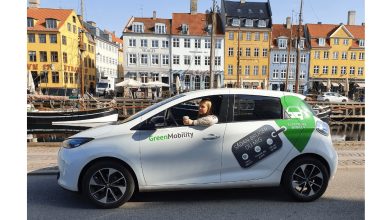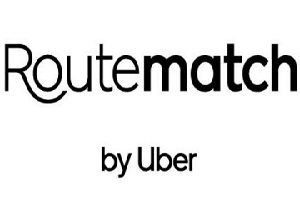Mobility-as-a-Service spend to exceed 350% globally over next five years
A new study from Juniper Research found that MaaS (Mobility-as-a-Service) will generate revenue of $92 billion globally by 2027, up from $20 billion in 2022. Growing by 357% over the period, the main drivers will be the cost and convenience of MaaS solutions and the increased investment into MaaS infrastructure.
MaaS platforms provide consumer urban transport solutions, such as bus, metro and ride hailing, all integrated into a single platform; enabling users to organise a multi-modal journey through one billing relationship.
Subscription Model to Boost Revenue Growth
The report predicts that, by 2027, 65% of global MaaS revenue will be generated through subscriptions – for a flat monthly fee, users gain access to a variety of transport services, providing a more cost-effective and convenient transit proposition. However, the report anticipates that the current use of an ad hoc charging model will continue to be crucial in fostering consumer trust; enabling potential users to trial MaaS journeys for a one-off fee. Ad hoc models enable users to pay for a single journey, rather than committing to an ongoing subscription.
Research Author Cara Malone remarked: “The ability to pay for a single journey in an app, despite leveraging multiple modes of transport, will create substantial cost savings for users, in comparison to individual transit services. MaaS platforms must promote these savings to attract users away from established transport services and towards subscription plans for MaaS services.”
MaaS Driven by Increasing Urban Population
As urban populations increase over the next five years, transit planning authorities must consider the potential of a MaaS solution to ease congestion and reduce pollution from private vehicles. The report urges transit planning authorities to take a holistic approach to urban mobility by integrating MaaS into the wider smart city ecosystem to leverage real-time data from smart city sensors and maximise reductions in congestion and pollution.



